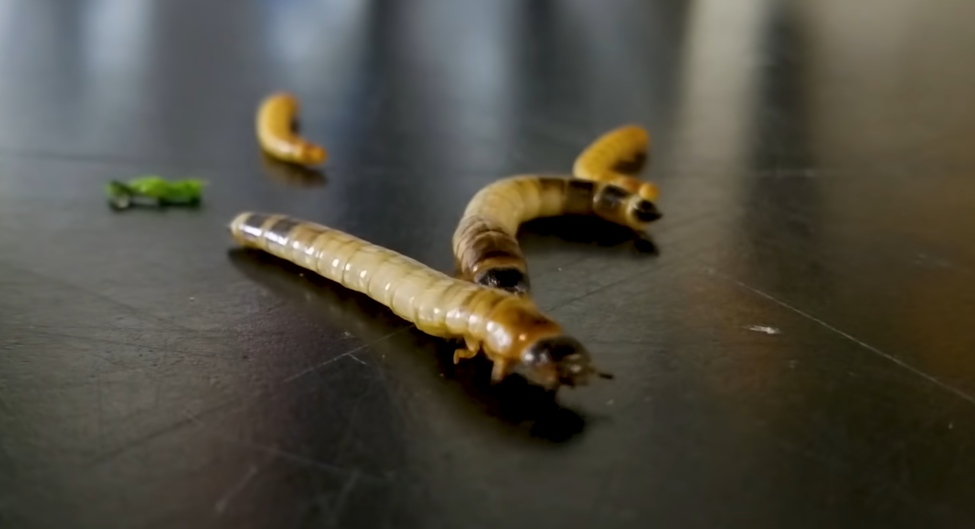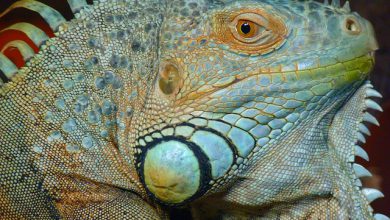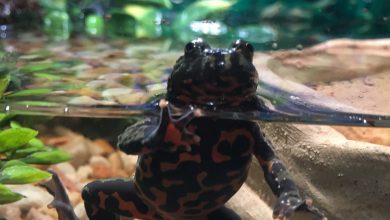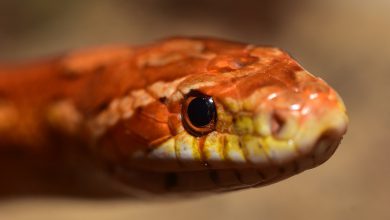You Can Feed Your Insectivore Lots of Things

Photo courtesy of Clintâs Reptiles
Weâve recently covered a couple of other feeder insects here on The Tye-Dyed Iguana blog, including our articles:
How to Feed and Keep Mealworms
How to Feed and Keep Dubia Roaches
But did you know that your insectivore can actually eat a wide variety of insects? Youâre not limited to only one or two varieties. You can find the types of insects that work best for your budget and ability to keep them.
Here are a couple more options for what to feed an insectivorous reptile or amphibian.
Drosophila fruit flies
Clintâs Reptiles
Drosophila fruit flies start out as maggots (small wormlike creatures). This may be a turnoff to some exotic pet keepers, but keep reading to find out the benefits before you decide you donât want to purchase drosophila fruit flies for your lizard or frog to eat.
Fruit flies are incredibly easy to keep for feeding your animal. You put them in a plastic container with fruit fly paste to eat. You can purchase premade fruit fly paste or make your own.
Thereâs also a special fruit fly substrate that typically comes with fruit fly cultures. The substrate gives the maggots and flies something to crawl around in so they donât drown in the food paste.
Fruit fly maggots and pupa by Clintâs Reptiles
Before you get too worried about having fruit flies all over your house, know that drosophila fruit flies are a flightless fruit fly species. They can only walk.
When might you want to feed drosophila fruit flies to your reptile or amphibian? These flies are quite small feeder insects, so they are perfect for smaller animals that would do better with smaller prey.
Drosophila fruit flies breed very easily and make hundreds of more flies at a time.
Superworms
Superworm larva and pupa by Clintâs Reptiles
Superworms are very similar to mealworms. Like mealworms, they are the larval stage of a beetleâjust a different beetle from mealworm beetles. Superworms are much larger than mealworms and are considered to be more nutritious since they contain more âgooâ to chitinous exoskeleton.
The exoskeleton is not a very nutritious part of insects, so these juicier worms can be a really good nutrition source, especially for larger insectivores.
Superworms compared to mealworms by Clintâs Reptiles
One nice thing about superworms is that they start out fairly small and molt several times as they grow, so you can feed them to your amphibian or reptile at whatever stage is the right size for your animal to eat, as long as you feed them before they pupate into beetles.
Superworms are less easy to breed than most other feeder insects, but theyâre inexpensive to buy in large quantities and have a long enough lifespan that for most people it really isnât necessary to breed them.
Superworms are a low maintenance feeder insect that can be put in a container with a small amount of food, and thatâs all they really need. Know that they will eat each other if not given a food source, and they can be dangerous to exotic pets that are not healthy enough to eat them right away, as the superworms may bite the lizard or frog.
Another perk of this feeder insect is that theyâre quiet, so even if youâre keeping them in large quantities, they wonât make irritating noises.
Follow The Tye-Dyed Iguana on Facebook to keep up to date on more exotic pet info and tips.



